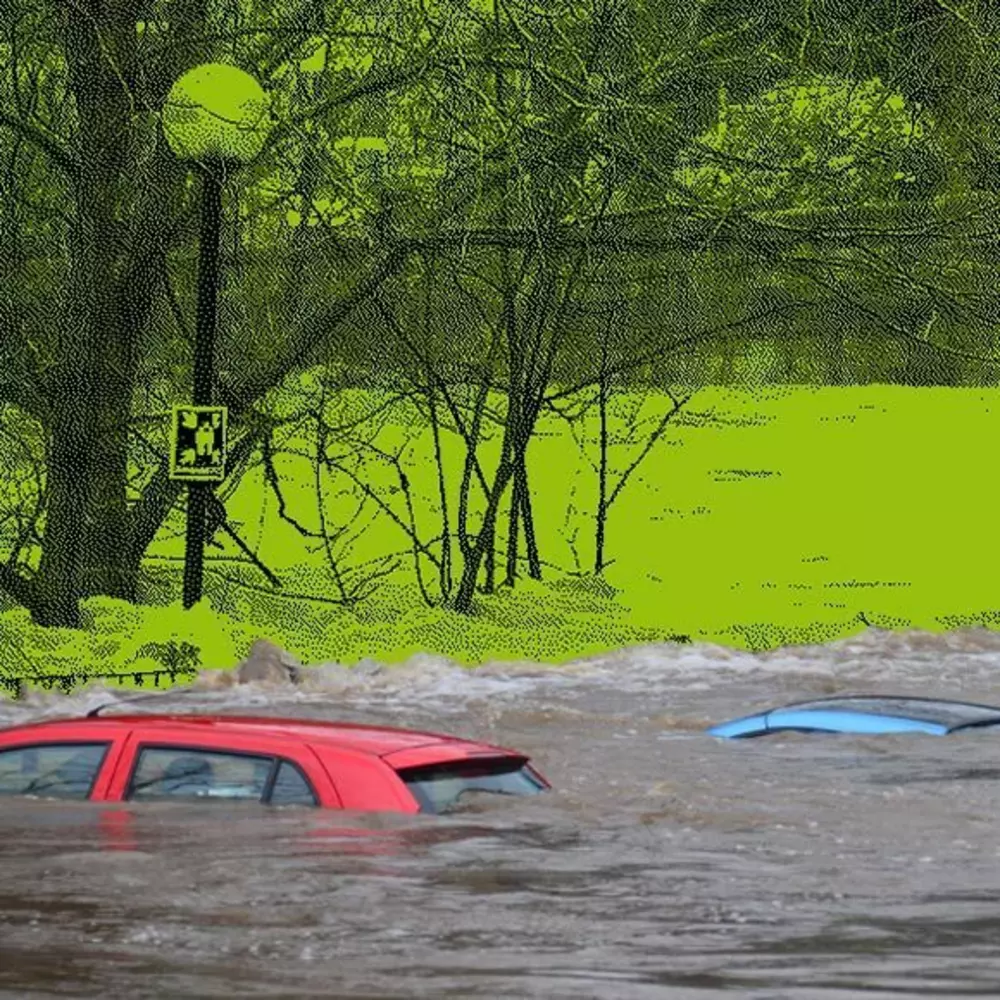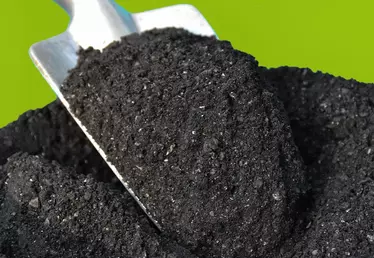

Hero banner custom title
How can cities cope with flooding?
4 min
In order to better adapt to the extreme rainfall caused by climate change, many cities around the world are innovating and turning their backs on the “100% asphalt” approach so as to allow water to infiltrate soils.
Heavy rains, hurricanes, storms... Climate change is causing an increase in natural disasters around the world. In the summer of 2021, for example, the equivalent of two months' rain fell in two days in Belgium and Germany, according to the World Meteorological Organisation - a phenomenon that caused many deaths and major damage.
As a result, our rivers are overflowing and our cities, which are too waterproof and not particularly resilient, are unable to manage these flows and are being flooded more and more frequently. Everywhere, urban planners and engineers are joining forces and finding solutions to prevent cities from drowning.
Restoring soil permeability and the natural water cycle
As is often the case, solutions are found in nature!
For decades, cities have been sprawling out, symbolising in our collective imagination the creeping expansion of asphalt and concrete. And this trend has recently accelerated. “In France, waterproof territory has increased from 3.7% in 1982 - and it took centuries to get there - to 6.7% in 2018”, says Cyril Gachelin, a specialist in urban water management at the International Office for Water. “This means that we are urbanising fast, but above all that we are making our soil very waterproof. This urbanisation completely interrupts the natural water cycle”
To adapt to these hazards, experts are unanimous: cities must be freed from their mineral constraints. We must make room for water again, so that it can flow towards the water tables, where it is naturally stored and then returned to the natural environment.
“To begin with, we need to learn more about the routes taken by water in the city, and then integrate these constraints into urban planning documents”, explains Stéphanie Bidault, director of CEPRI (European Flood Risk Prevention Centre). “This can sometimes lead to prohibiting construction in certain areas, or building under conditions, without blocking the water... But this does not mean that we are turning the territory into a dead zone; on the contrary, we can create recreational areas and restore the natural environment”, she adds.
Another advantage of these solutions is that they are less costly and probably more sustainable than man-made engineering structures designed to manage the water cycle. Cyril Gachelin explains: “Renaturation projects are preferable to ‘grey’ infrastructures, structures, dykes, which are expensive and which will, at some point, be overtaken by the effects of climate change”. According to the expert, renaturation has multiple benefits:
“Revegetation is also useful for protecting against urban heat islands during heat waves, thanks to the shade and evapotranspiration from plants. Lastly, it helps preserve biodiversity and creates a more pleasant living environment for everyone”
Innovative new technologies to complement natural solutions
In France, several cities have removed tar from pavements, such as on some boulevards in Caen, where it has been replaced by a mix of stone and earth that better absorbs rainwater... and thus allows trees to be watered. In Seoul, South Korea, the Cheonggyecheon River, which was buried under a fast lane, is flowing again in the open air, amidst wide green banks. Elsewhere, parks or car parks are being abandoned to flooding… or vegetated gullies and “rain gardens” along roadsides. Small touches emerging here and there, often in the course of urban renewal.
Restoring soil permeability is not always synonymous with renaturation: road surfaces are now designed with new, more absorbent properties. In New York City, for example, some pavements in southeast Queens have been covered with a permeable material called “stormcrete”, a kind of porous concrete adapted to heavy rainfall. It is laid on a base of soil and stone, which allows roots to spread more freely, thus increasing absorption capacity. Here too, the idea of a sponge city is inspiring urban planners, as the megacity suffered deadly flooding during Hurricane Ida in September 2021.
In some cases, however, physical obstacles block these solutions. For example, very clayey soils are naturally waterproof. The presence of natural cavities or old quarries also entails risks of collapse in the event of heavy infiltration. In cities, basements are also filled with water, gas and electricity networks. Another obstacle is acceptance by residents. Weeds on the pavements and open gutters are seen by some as a sign of neglect.
“When it rains, we have become accustomed to seeing the water disappear without knowing where it goes. Historically, wastewater and rainwater had to be evacuated far from the city because it was dirty and a vector of disease... A culture that needs to change”











